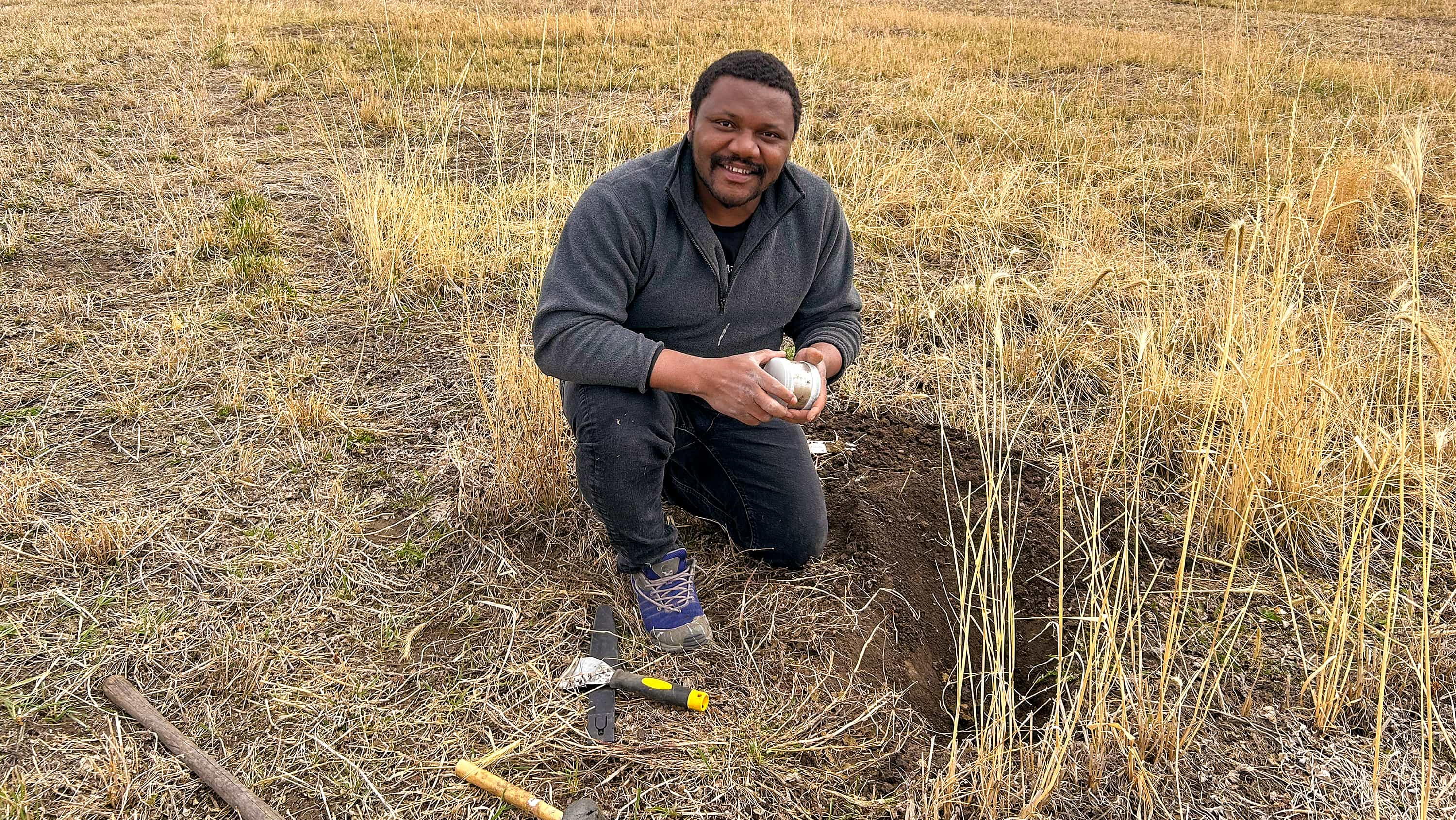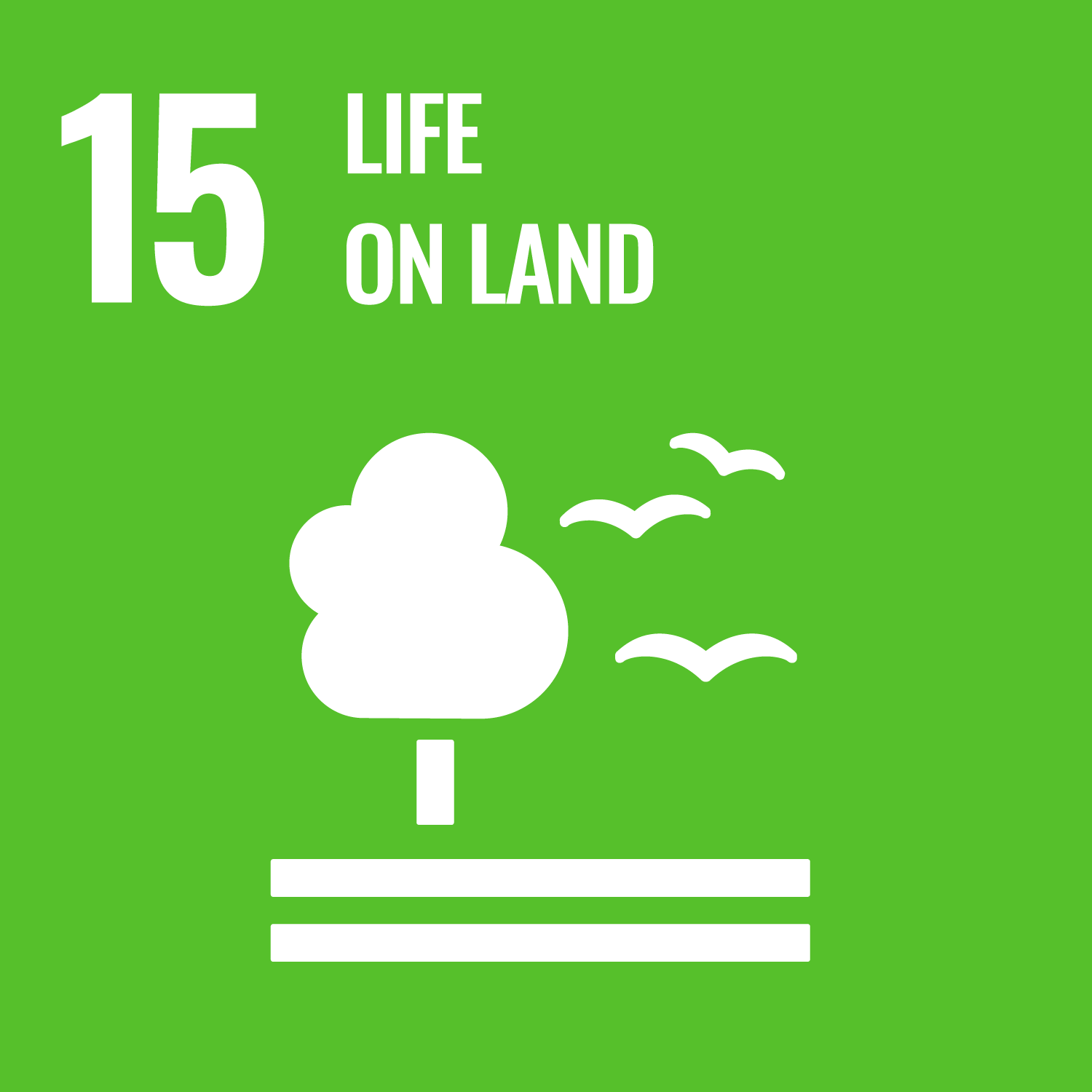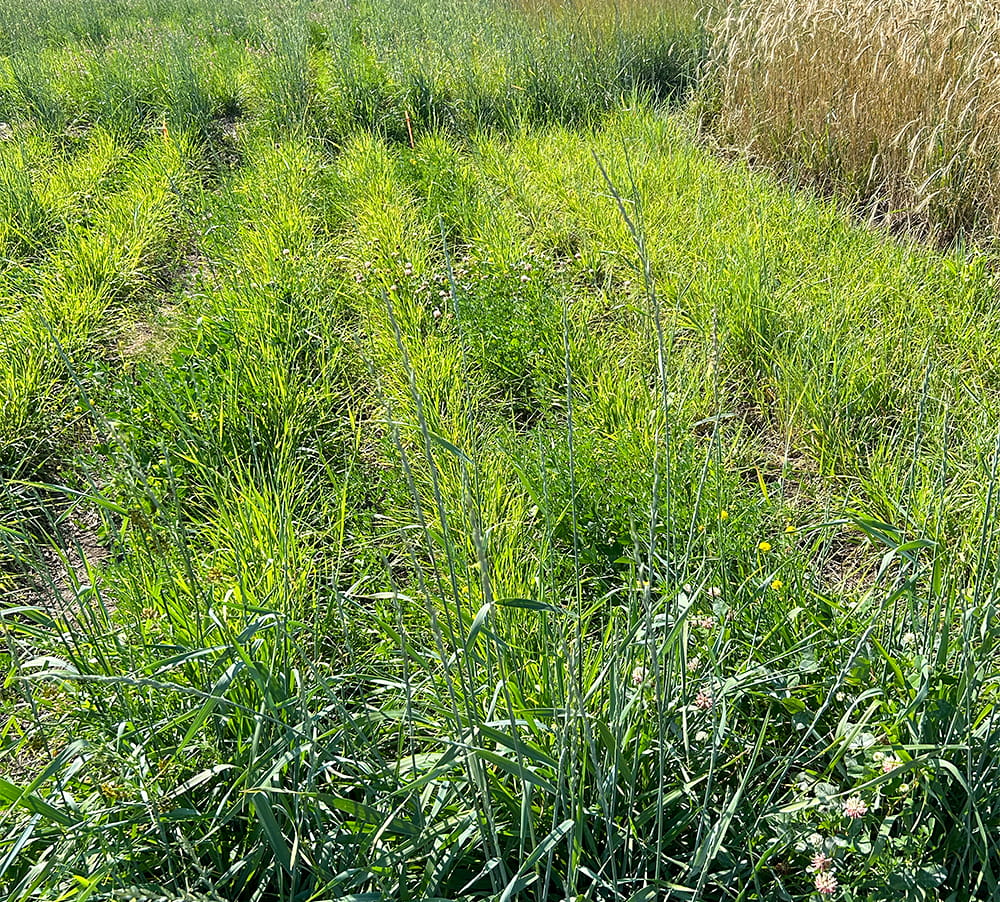An innovative experiment growing perennial cereal grains and legumes in the same fields is sprouting benefits for crop performance and sustainability, according to a new University of Alberta study.
Using two seeding methods in different climatic regions across Alberta, researchers were able to show reliably consistent levels of forage productivity and quality when two types of the grains were grown alongside three legumes.
Forage — the green stems and leaves left in fields after grain is harvested — is a source of fibre necessary for ruminants like cattle.
The findings, gleaned from the first year of an ongoing project exploring the benefits and challenges of intercropping — planting more than one crop together — represent “a positive step for sustainable forage production,” says Cosmas Ugwu, a PhD candidate in soil science in the Faculty of Agricultural, Life & Environmental Sciences who led the study.
The emerging agricultural approach of intercropping makes the most of both plant types, notes Ugwu.
“The legumes naturally supply nitrogen to the soil, improve the organic matter and improve the forage quality for livestock. At the same time, perennial cereal plants have deep root systems, which helps sequester more carbon and makes them more drought-resistant than annual crops, which is important in Alberta’s dry climate,” he adds.
“It’s a promising combination that can potentially help crop performance, reduce dependence on synthetic fertilizers, lower costs for farmers and promote environmental sustainability.”
The two perennial cereal grains, rye and wheatgrass, and three legumes, alfalfa, white clover and a species called sainfoin — all commonly grown as single crops in Alberta — were planted at the U of A’s Breton Plots and five other sites across the province, using both alternate and same-row seeding methods. The resulting crops were then evaluated for forage yield and nutritional value.
The experiment showed that both seeding methods were favourable for reliable forage production across the diverse sites ranging from northern to southern Alberta, with the alternate row method showing a slight increase of 5.3 per cent in yield during the first year of harvest, in 2023.
“Overall, the experiment shows adaptability to various conditions while still producing substantial forage,” Ugwu notes.
The researchers also found that the combined crops “had a noticeable impact on key nutritional aspects of the forage,” resulting in adequate concentrations of key elements such as crude protein and total digestible nutrients, he adds.
“Legumes typically contain more protein than grasses, which boosts the overall protein content of the forage mix, making it more nutritious for livestock,” Ugwu notes. Forages that include legumes are also tastier and often easier for animals to digest, he adds.
“The combination means farmers can produce forage that is suitable for the dietary needs of beef and dairy cows at various life stages of development.”
In the short term, the study results could help farmers decide on effective seeding methods for growing mixed crops of perennial cereal grains and legumes, notes co-author Guillermo Hernandez Ramirez, who leads the U of A’s Sustainable Land Ecosystems Research Group.
Over several growing seasons, the project team has also been investigating the effects of intercropping on forage quality, soil health and carbon sequestration, along with nitrogen fixation — a service offered by legumes that may reduce the need for fertilizers, he adds.
Besides offering potential economic benefits of lower production costs and higher crop yields, intercropping can help farmers adopt more sustainable practices, he notes.
“The work will help build regenerative and climate-smart agriculture.”
The study was supported by the Peace Country Beef and Forage Association, the Mackenzie Applied Research Association, the Battle River Research Group, Gateway Research Organization and the Chinook Applied Research Association, and funded by Results Driven Agriculture Research (RDAR).


